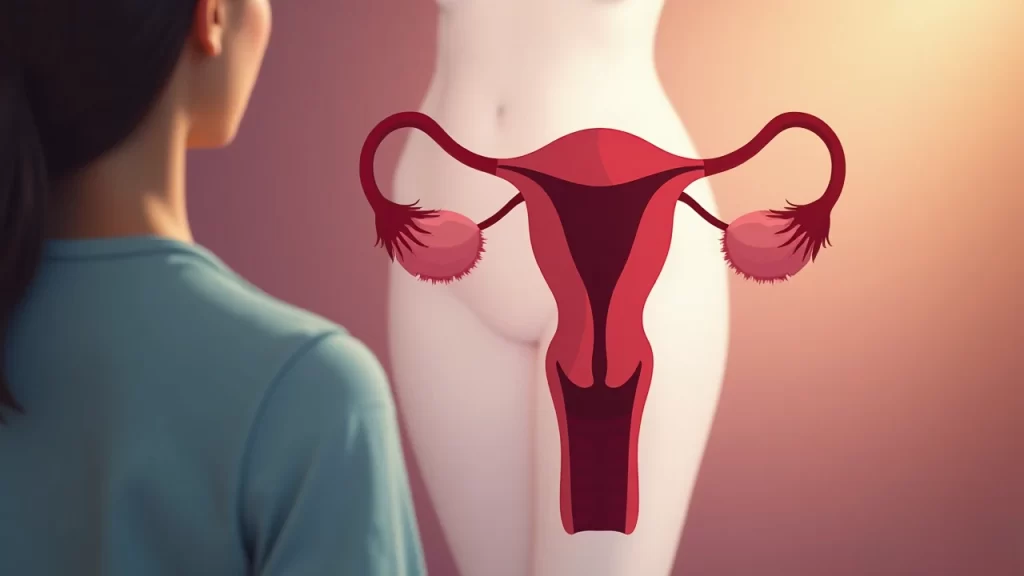Over 80 million women worldwide face gynecological health challenges every year. These issues can impact every aspect of life—physical, emotional, and mental. We understand how overwhelming it can feel to navigate the complexities of gynecology, but you’re not alone. This guide will empower you with the knowledge and tools to take control of your journey. Let’s take the first step together toward a healthier, happier future!

Understanding Symptoms
Recognizing the symptoms of gynecological issues is crucial for early intervention. Here’s what to watch for:
- Irregular periods: Skipped, heavy, or painful menstruation.
- Pelvic pain: Persistent discomfort or cramping outside your cycle.
- Unusual discharge: Changes in color, odor, or consistency.
- Bleeding between periods: Spotting that’s not part of your regular cycle.
- Pain during intercourse: A common but often overlooked symptom.
If you notice any of these signs, consult a healthcare professional for guidance.
Early Screening
Screening saves lives by catching issues early when they’re most treatable. Key screenings include:
- Pap smears: Detect cervical cancer early.
- HPV tests: Identify high-risk strains of the virus.
- Ultrasounds: Visualize abnormalities like fibroids or cysts.
- Blood tests: Check hormone levels and detect underlying conditions.
Early detection through routine screenings empowers you to take control of your health.
Preventive Measures
Prevention is key to long-term gynecological health. Adopt these habits:
- Maintain a balanced diet: Nutrient-rich foods support hormonal balance.
- Exercise regularly: Boost circulation and reduce inflammation.
- Practice safe sex: Use protection to prevent STIs.
- Avoid smoking: Reduces the risk of cervical and ovarian cancers.
- Stay hydrated: Promotes urinary tract and reproductive health.
Managing Infections
Gynecological infections can disrupt daily life. Common types include:
- Yeast infections: Characterized by itching and discharge.
- Bacterial vaginosis: Causes odor and discomfort.
- Urinary tract infections (UTIs): Lead to pain and frequent urination.
Manage infections with proper hygiene, prescribed medications, and lifestyle adjustments.
Effective Treatments
Treatment options vary based on the condition but often include:
- Medications: Antibiotics, antifungals, and hormonal therapies.
- Minimally invasive procedures: Laparoscopy for endometriosis or fibroids.
- Surgery: In severe cases, such as hysterectomy for cancer.
- Therapeutic lifestyle changes: Diet, exercise, and stress management.
Consult your doctor to determine the best treatment plan for your needs.
Empowering Patients
Take charge of your gynecological health with these empowering steps:
- Educate yourself: Stay informed about your body and health.
- Communicate openly: Discuss concerns with your doctor without hesitation.
- Track symptoms: Use apps or journals to monitor changes.
- Advocate for care: Seek second opinions when necessary.
You deserve compassionate, effective care. Advocate for your well-being.
FAQs
1. What are the main causes of gynecological issues? Hormonal imbalances, infections, genetics, and lifestyle factors contribute.
2. How can I prevent gynecological complications? Routine screenings, healthy habits, and prompt treatment help.
3. When should I see a gynecologist? Annually or when unusual symptoms arise.

Conclusion
Every step you take toward improving your gynecological health is a victory worth celebrating. You have the power to create lasting change! Share this guide with someone who might benefit from it, or reach out to a trusted expert for guidance. Together, we can build a healthier tomorrow.

